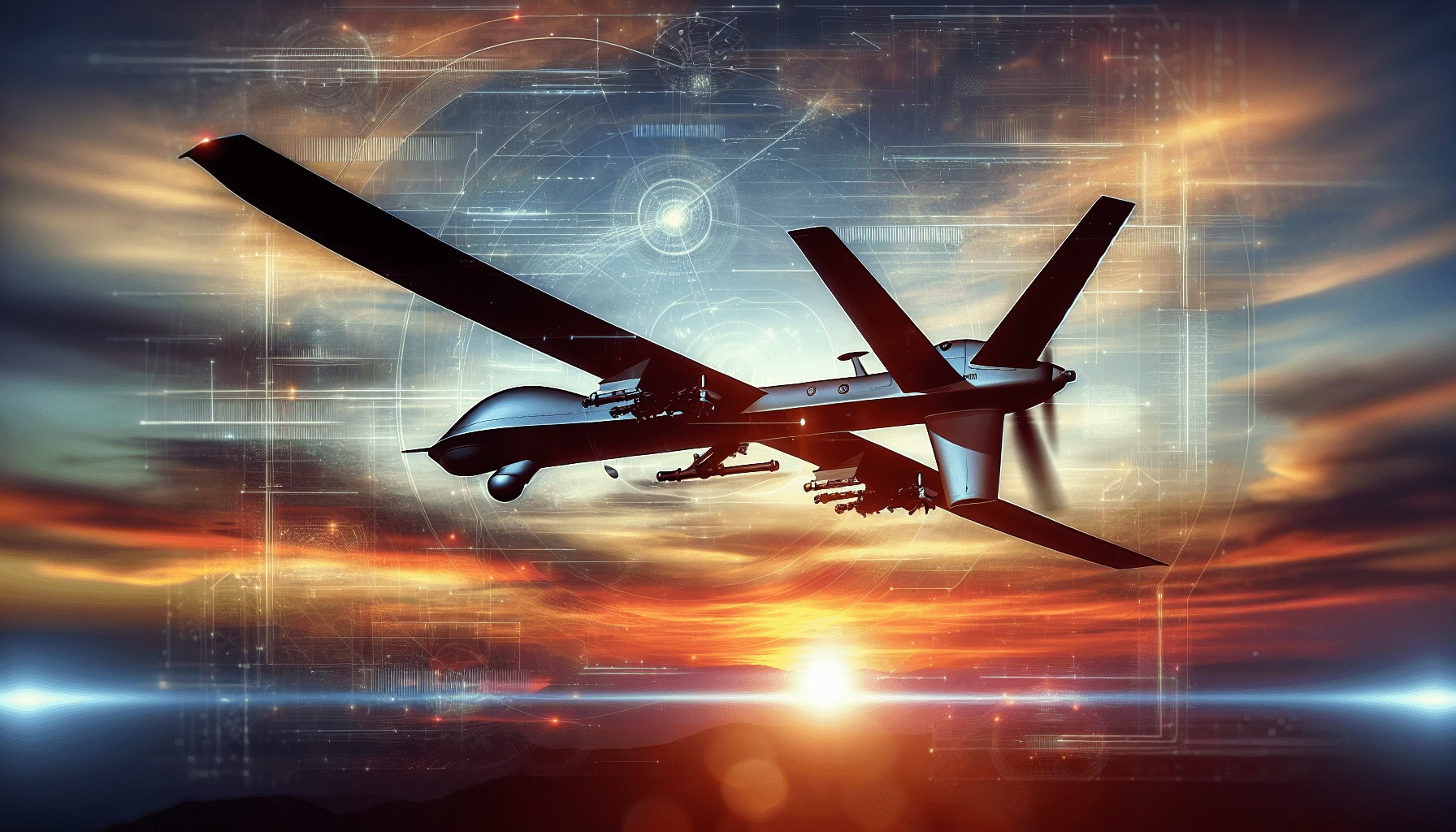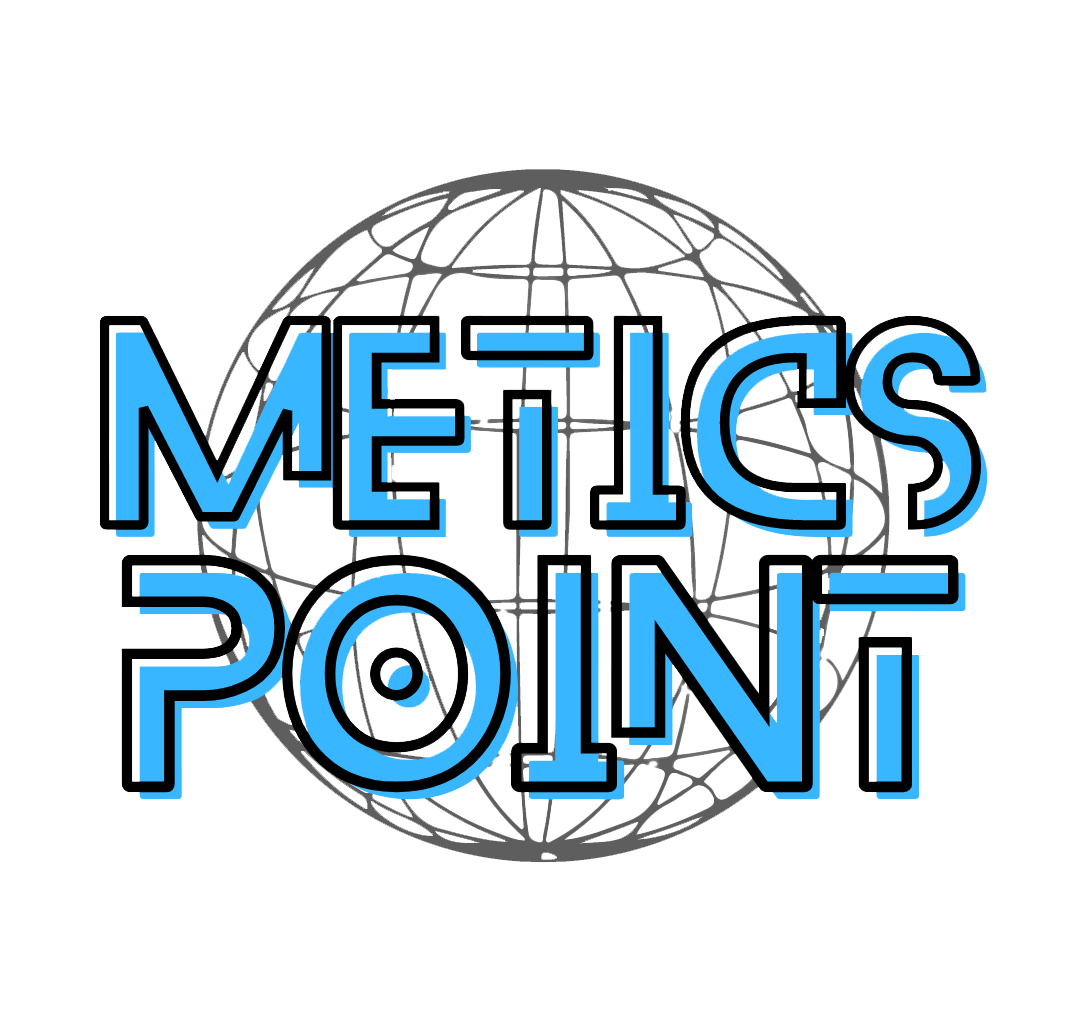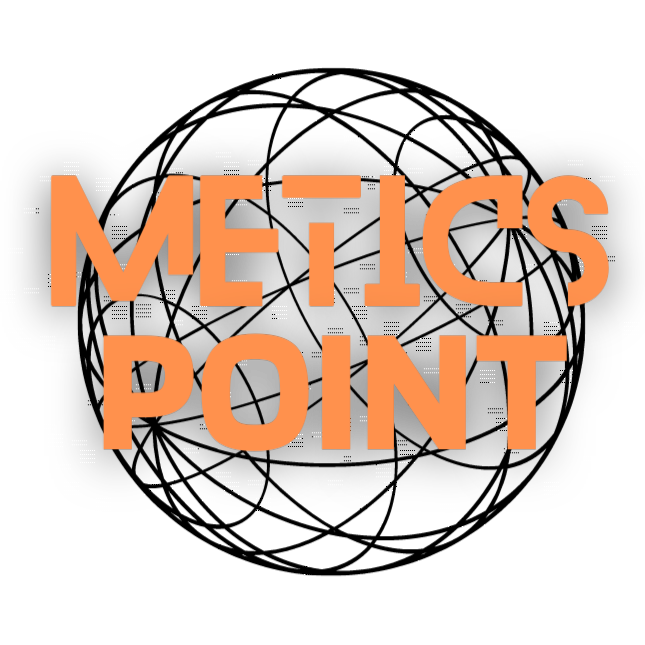What makes military collection documentation a cornerstone for researchers and historians alike? The documentation process for military collections involves a meticulous approach to sift through vast reserves of historical records, artifacts, and individual testimonies to weave an accurate narrative of military events. This article delves deep into the advanced methodologies and innovative strategies for effective military collection documentation, offering a professional guide to an otherwise nuanced and complex field.

Table of Contents
Understanding Military Collection Documentation
Military collection documentation serves as the backbone for preserving military history. It involves the categorization, collection, and careful archiving of artifacts, personal stories, documents, and other unused materials that contribute to our understanding of military operations and history. The process is not merely about hoarding items but about creating a systematic repository where each piece tells its part of the historical mosaic.
The Importance of Accurate Documentation
Accurate documentation is paramount for several reasons. Primarily, it provides an authenticated account of military history, safeguarding the integrity of events. This precision aids in the scholarly examination of military tactics, decisions, and outcomes that define the future paths of military policies and actions. Moreover, it becomes a trove of learning for enthusiasts, educators, researchers, and policymakers who seek to understand the past to shape the future.
Historical Context of Military Documentation
The origins of military documentation can be traced back to ancient times when generals and commanders relied on scribes to record battles and outcomes. The transformation from oral transmission of events to written documentation marked a significant turning point in how military history was chronicled.
Evolution Over Centuries
Through the centuries, military documentation evolved, taking on new forms as technology advanced. From handwritten letters, diaries, and official documents in the past to digital archiving systems today, the methods have changed but the core purpose remains. The evolution is marked by the Civil War records, World War journals, and now, digital databases housing vast amounts of data accessible globally.
Anecdotal Insights
Consider the documentation efforts during World War II. Nations invested heavily in recording the events, leading to the creation of Victory Gardens–not only for sustenance but as a means to bolster morale. These gardens were documented using photographs, diaries, and reports, providing an invaluable repository that offers insights into civilian ingenuity and survival under duress.

Key Components of Military Collection Documentation
Ensuring effective collection documentation involves several critical components that serve as the framework for the entire process.
Categorization and Organization
The first step in any documentation procedure is organizing the collection. It typically involves segregation based on type, period, operational significance, or geographical location. Using metadata to tag each item helps in the systematic documentation process, ensuring easy retrieval and cross-referencing capabilities.
Digital Archiving
In the modern age, digital archiving has become an indispensable part of military documentation. This method entails storing information in a digital format which allows for efficient cataloging, retrieval, and preservation against physical deterioration. It enables collections to be exactly duplicable and broadly accessible for simultaneous use by multiple individuals.
Accurate Description and Contextualization
Adding context to the collected artifacts is crucial. Descriptions must be precise, capturing not only the physical aspects of the artifact but its historical and cultural significance. Contextualization ensures that future analysts understand the circumstances surrounding the items at the time they were used or created.
Advanced Approaches to Documentation
The documentation field has seen significant advancements driven by technological innovations, improving both the fidelity and accessibility of military collections.
Employing AI and Machine Learning
The use of artificial intelligence (AI) and machine learning to automate archival processes is gaining traction. These technologies can assist in identifying patterns, creating predictive models, and even in automated cataloging. Machine learning algorithms can tag and categorize items in real time, thereby reducing manual labor and increasing accuracy.
Blockchain for Data Integrity
Blockchain technology is being explored for its potential in ensuring the integrity of military records. By creating a decentralized ledger, the authenticity of records is maintained, reducing risks from accidental data tampering or loss.
Geographic Information Systems (GIS)
GIS technology provides a visual representation of spatial data related to military operations. Coupling cartographic data with historical records, GIS allows researchers to analyze strategic movements and geographical nuances in military operations.

Challenges in Military Documentation
Despite the advances, several challenges plague the documentation process.
Security Concerns
The sensitive nature of military data means that careful consideration must be taken in how information is documented and accessed. Ensuring a balance between open access for research and stringent security protocols is a continuous challenge.
Maintaining Accuracy
Human error can creep into the documentation process, leading to inaccuracies that could alter historical interpretations. Ensuring cross-verification and peer reviews can mitigate such risks but require meticulous efforts.
Cost Implications
With technological advancements come associated costs for software, hardware, and skilled personnel. Ensuring efficient allocation of resources without compromising on the quality of documentation is a significant management challenge.
Best Practices for Effective Documentation
To counter challenges and harness advancements effectively, certain best practices should be adhered to.
Comprehensive Training
Training personnel in both traditional and modern documentation methods, ensuring familiarity with technological tools, and understanding SOPs (Standard Operating Procedures) leads to more methodical and reliable documentation efforts.
Collaborative Efforts
Establishing collaborations with academic institutions, museums, and other organizations enhances resource sharing and skill development. Collaborative networks can also lead to shared databases, offering more robust documentation systems.
Continuous Review and Adaptation
The dynamic nature of military operations and technologies necessitates periodic reviews of documentation techniques. This review ensures that methodologies stay relevant and effective, adapting to new challenges or technologies promptly.

Case Studies and Comparisons
A practical examination of successful documentation efforts offers invaluable insights.
Case Study 1: The National Archives
A renowned example of systematic documentation, the National Archives have embraced digital transformation early on. Their integration of cloud storage, advanced search algorithms, and online public access serves as a benchmark for other entities.
Case Study 2: Digital Military History Project
This project focuses on creating a digital resource that compiles oral histories, photographs, and artifacts from military veterans. Using interactive maps and videos, it provides dynamic interaction capabilities with historical data, enhancing engagement.
Conclusion
Military collection documentation is an intricate, continually evolving field that balances historical fidelity with modern technological advancements. The criticality of accurate documentation processes cannot be understated as they form the foundation for future military research, learning, and policy formulation.
In the pursuit of excellence, embracing advanced approaches and technologies, while adhering to best practices and learning from past successes and challenges, creates a pathway to progressively more robust military documentation. Whether for academic pursuit, government policy-making, or museum exhibits, a comprehensive guide to military documentation becomes an indispensable resource in preserving the legacy of military history.

Military History Research Centre
Advanced Guide to Pokemon Card Collection and Investment Strategy

